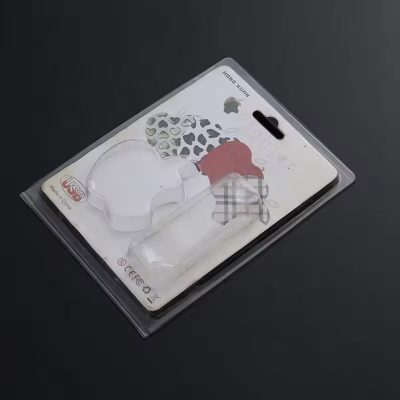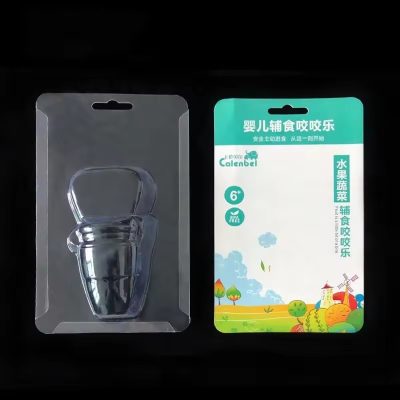In the realm of product packaging, blister card packaging emerges as a strategic tool, seamlessly combining functionality with visual allure to captivate consumers and elevate brand presence. This article aims to delve into the intricacies of blister card packaging, unveiling its significance, components, advantages, and versatile applications across industries.
Introduction to Blister Card Packaging
Blister card packaging represents a packaging technique that integrates a transparent plastic blister with a printed cardboard backing, creating a visually appealing enclosure for products. This innovative approach not only showcases the product but also offers protection against external elements, ensuring its integrity from production to purchase.
Components and Design Dynamics
Blister card packaging comprises two integral components:
Blister: Crafted from transparent plastic, the blister encases the product securely while allowing consumers to view its contents. Custom-designed to accommodate the product’s dimensions, the blister ensures a snug fit and shields it from damage and contamination.
Cardboard Backing: Serving as the backdrop for the product, the cardboard backing features captivating graphics, branding elements, and product details. Printed with precision, the backing enhances product visibility and communicates essential information to consumers, thereby influencing purchasing decisions.
Advantages of Blister Card Packaging
Blister card packaging offers a multitude of advantages:
Product Visibility: The transparent blister allows consumers to inspect the product, facilitating informed purchasing decisions based on its appearance and features.
Product Protection: The blister provides a protective barrier, safeguarding the product from physical damage, tampering, and environmental factors during handling and display.
Brand Enhancement: The cardboard backing serves as a branding platform, enabling manufacturers to showcase their logos, taglines, and product attributes prominently. This strategic branding fosters brand recognition and reinforces consumer loyalty.
Consumer Convenience: Blister card packaging is user-friendly, offering easy access to the product while maintaining its freshness and integrity. Additionally, resealable options enhance consumer convenience and prolong product shelf life.
Applications Across Industries
Blister card packaging finds versatile applications across various industries:
Retail: It is extensively used for packaging consumer goods such as electronics, toys, cosmetics, and stationery, enhancing product presentation and stimulating consumer engagement in retail environments.
Pharmaceuticals: In the pharmaceutical sector, blister card packaging ensures accurate dosage delivery, tamper resistance, and compliance with regulatory standards, making it ideal for packaging medications, supplements, and medical devices.
Food and Beverage: Blister card packaging is employed for packaging individual servings of food and beverage items such as snacks, confectioneries, mints, and dietary supplements, offering convenience and product protection.
Conclusion
In essence, blister card packaging serves as a powerful tool for maximizing product appeal and brand visibility in today’s competitive marketplace. Its ability to seamlessly integrate transparency, branding elements, and consumer convenience makes it a preferred choice for manufacturers seeking to enhance product presentation and drive consumer engagement across diverse industries. As market dynamics evolve and consumer preferences evolve, blister card packaging continues to evolve and innovate, remaining a timeless and indispensable packaging solution for brands aiming to make a lasting impression on consumers.







